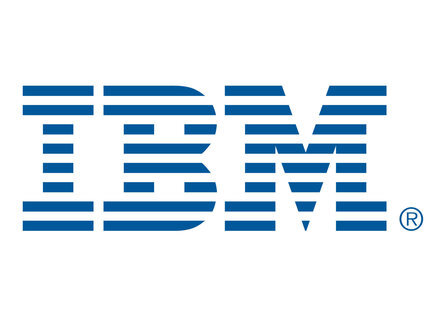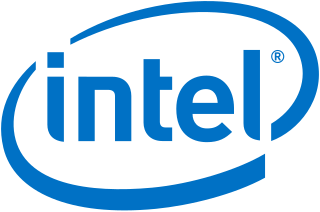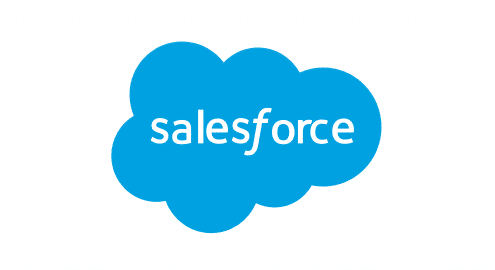Verizon’s networks have been engineered to perform during moments of crisis and disaster such as hurricanes, snowstorms and flooding. During this time of heightened worry and concern, Verizon’s primary goal is to keep its customers, employees and society connected to the things that matter most to them: their family, friends and business customers.
On May 1, Verizon announced that it is revolutionizing the way it looks at retail both today and into the future with the introduction of “Touchless Retail” – innovations implemented recently that revolve around making the shopping experience both safer and more satisfying. Touchless Retail leverages both physical and digital changes to reduce the number of physical touchpoints, while streamlining the customer shopping experience. With Touchless Retail, customers begin their journey online as they set their in-store appointment for critical troubleshooting or order for in-store pickup and learn about in-store safety measures including the requirements that they wear a face covering. Upon arrival at the store, exterior and interior social distancing markers, safety partitions, sanitizing stations and employees donning face masks and gloves all ensure the physical observance of public health safety practices. Store hours have been adjusted to allow for one-customer-to-one employee ratio appointments.
On April 27, Verizon announced that it is extending its commitment to keep its customers connected through June 30. This means Verizon will neither terminate service nor charge late fees to postpaid wireless, residential, and small business customers that notify Verizon of their inability to pay their bills due to disruptions caused by the coronavirus pandemic. Verizon has also added data to customers’ wireless data plans to assist them as they work through this time of social distancing and working from home.
Additionally, Verizon signed onto the FCC’s new “Keep Americans Connected” pledge. Verizon’s new customer commitment will help ensure connectivity and offer assistance to customers and small businesses facing challenges from the global crisis.
“Now more than ever, we need to ensure that our customers, their families and businesses have the ability to connect to the internet even if they’re facing financial hardship from the impact of the coronavirus pandemic,” said Hans Vestberg, Verizon Chairman and CEO. “We want to ensure that our customers can continue to use the internet to work, learn, and carry on with their lives as we all address this collective challenge. We’re confident this joint effort will help make that happen.”
Verizon is also closely monitoring network usage in the most impacted areas. Verizon will work with and prioritize network demand in assisting many U.S. hospitals, first responders and government agencies, as needed.
Verizon also donated $3 million to the COVID-19 Solidarity Response Fund for the World Health Organization (WHO) as part of a partnership with Global Citizens One World: Together At Home global broadcast special to help aid healthcare workers in the fight against the COVID-19 pandemic. The globally televised and live-streamed special aired on April 18 and featured performances and appearances from international entertainers. Through the United Nations Foundation, the COVID-19 Solidarity Response Fund will help support the WHO and partners’ efforts to track and understand the spread of the virus; to ensure patients get the care they need and frontline workers get essential supplies and information; and to accelerate efforts to develop vaccines, tests, and treatments.
Verizon’s most recent donation brings the company’s total support of the COVID-19 Solidarity Response Fund for WHO to $5 million and their total COVID-19 crisis commitment to over $50 million in contributions and donations to nonprofits directed at serving students, healthcare workers, first responders, and small businesses.
For daily updates on what Verizon is doing, please click here.

















